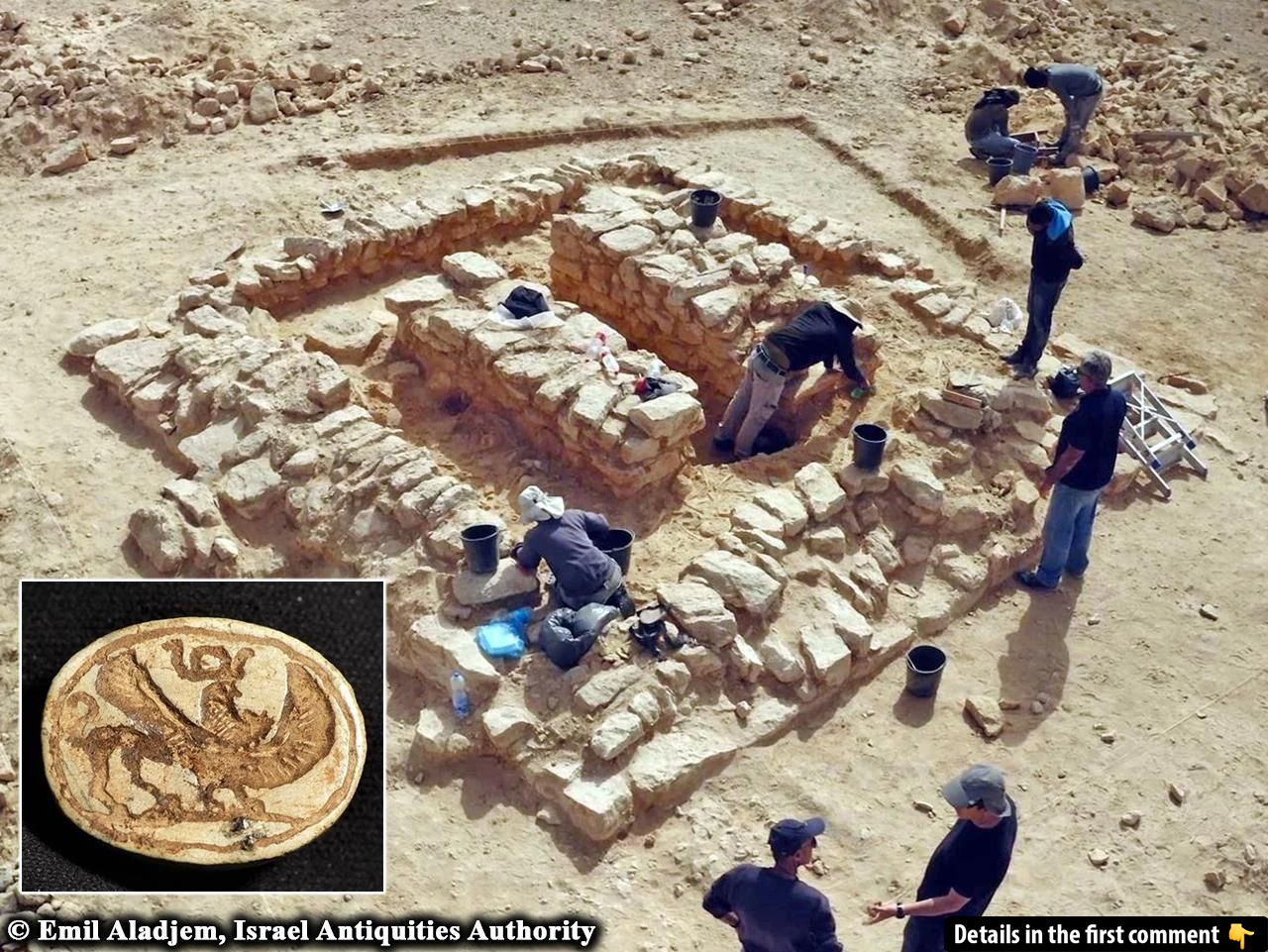In the heart of Israel’s Negev Desert, a groundbreaking archaeological discovery has emerged, shedding light on an ancient network of trade routes that once connected distant civilizations. A 2,500-year-old burial site, unearthed by the Israel Antiquities Authority, offers fascinating insights into the dynamic interactions between Arabia, Egypt, Phoenicia, and even Europe. With its array of rare artifacts and mysterious burial practices, this discovery challenges our understanding of ancient commerce and reveals the Negev’s crucial role as a bustling crossroads in the ancient world.
The Discovery of the 2,500-Year-Old Burial Site
The site in question is located in the Negev Desert, an area historically known as a passageway for traders and travelers. Excavations led by the IAA uncovered dozens of tombs, offering a glimpse into the lives of those who traversed this harsh landscape centuries ago. What makes this discovery particularly significant is that, unlike most cemeteries, the burial site was not located near known settlements or fortresses. This anomaly has led researchers to propose two intriguing theories: first, that the site was used by trade caravans as a burial ground, and second, that it may have been a mass burial site resulting from an attack on a caravan.
The discovery also provides a rare window into the broader scope of ancient trade networks. The Negev, often seen as merely a transit route, was in fact a bustling nexus of commerce, culture, and exchange. The artifacts found at the site reveal the extent of interactions between civilizations, confirming that this desert region was far more than a mere passageway—it was a vibrant, interconnected hub.
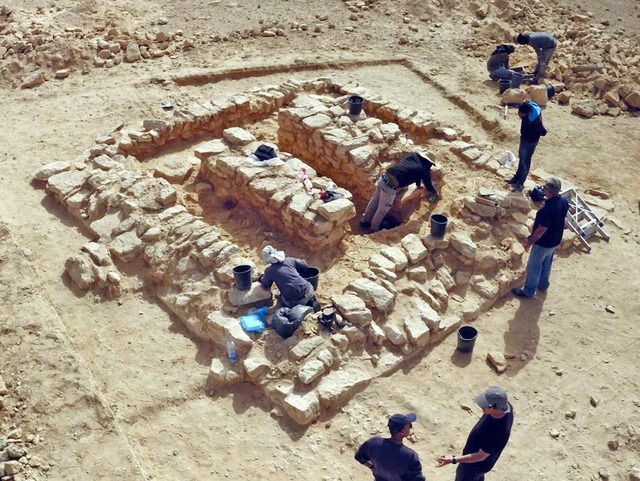
Video
Watch Evidence of Trade Caravans from 2,500 Years Ago Uncovered in the Negev to explore the ancient trade routes and discoveries in the desert. Don’t miss this fascinating find!
Artifacts and Evidence of Cultural Exchange
Among the most fascinating finds were flint arrowheads that can be traced back to Yemen and Oman, regions far to the southeast of Israel. These artifacts suggest that the people buried at the site may have traveled extensive distances, possibly along established trade routes connecting Arabia to the Mediterranean. The presence of copper and silver jewelry further points to the wealth of this region, and alabaster vessels, used for transporting incense, suggest that luxury goods such as frankincense and myrrh were regularly traded through the area.
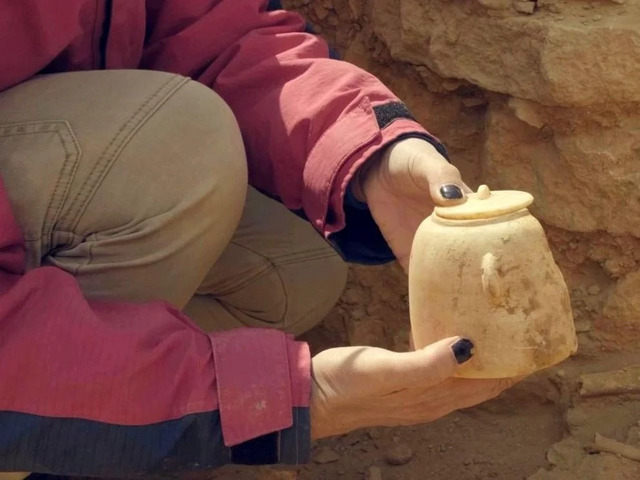
Perhaps the most culturally significant artifact found was an amulet depicting the Egyptian god Bes. Known as a protector of women and children, Bes was a symbol of safety, and his image was often used in amulets to ward off evil and protect travelers. This discovery suggests that the people buried at the site might have been engaged in a journey across treacherous terrain, with the amulet serving as both a protective charm and a symbol of the cultural exchanges taking place between Egypt and other ancient civilizations.
Unveiling Ancient Trade Routes
The Negev’s role as a crossroads for ancient trade routes is becoming increasingly clear through these findings. Historical records and archaeological evidence suggest that goods from the Arabian Peninsula, such as frankincense, myrrh, and spices, were traded across vast distances, connecting the Arabian Peninsula, Egypt, Phoenicia, and even southern Europe. The Negev, with its strategic location, served as an essential passageway for these caravans, which carried valuable commodities from the south to the Mediterranean and beyond.
The recent excavation confirms that the Negev was not just a transient space but a central player in the ancient world’s economic systems. As the intersection of various trade networks, it allowed for the exchange of goods, ideas, and cultural practices. This discovery helps to paint a picture of a complex, interconnected world that existed long before the rise of modern trade systems.
Theories Behind the Purpose of the Burial Site

One of the most compelling aspects of this discovery is the mystery surrounding the burial site’s purpose. While many ancient cemeteries are situated near settlements or military fortresses, this site is isolated in the desert, far from any known urban centers. Archaeologists have proposed two main theories regarding its function: first, that it was a burial ground used by passing trade caravans, and second, that it may have been the site of a mass burial following an attack on a caravan.
The presence of arrowheads and other weapons at the site raises the possibility of conflict or violence. The site’s isolation, coupled with the discovery of goods such as jewelry and incense burners, suggests that the travelers who passed through the region faced numerous challenges, including hostile forces and harsh desert conditions. The burial site, then, may serve as a somber reminder of the dangers faced by ancient traders as they traversed the arid landscapes of the Middle East.
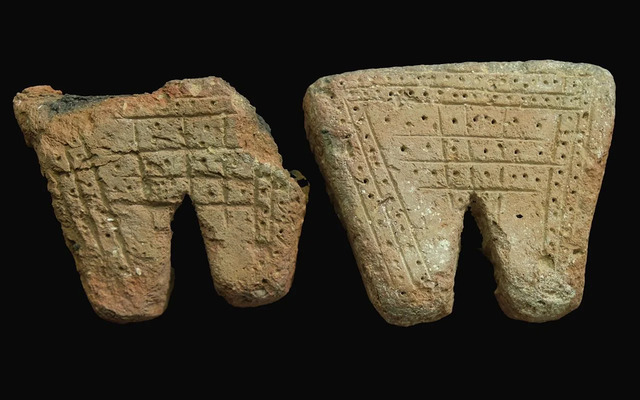
Women in Ancient Trade: The Role of Women in the Trade Networks
Another fascinating aspect of this discovery is the evidence of women’s involvement in the ancient trade networks. An inscription found in Yemen mentions the purchase of women from various regions, including Gaza, Egypt, Greece, Moab, and Edom, suggesting that human trafficking may have been a part of the ancient trade systems. The discovery of an amulet of Bes, the Egyptian god of protection, further underscores the potential role of women in these trade routes.
While the exact role of women in ancient trade remains unclear, these findings suggest that they were likely not only victims of trade but also active participants. The presence of women-related artifacts at the burial site implies that some of the individuals buried here may have been women who died during their journey, possibly due to the brutal desert environment or other hardships encountered along the way.
Cultural and Religious Insights from the Burial Site
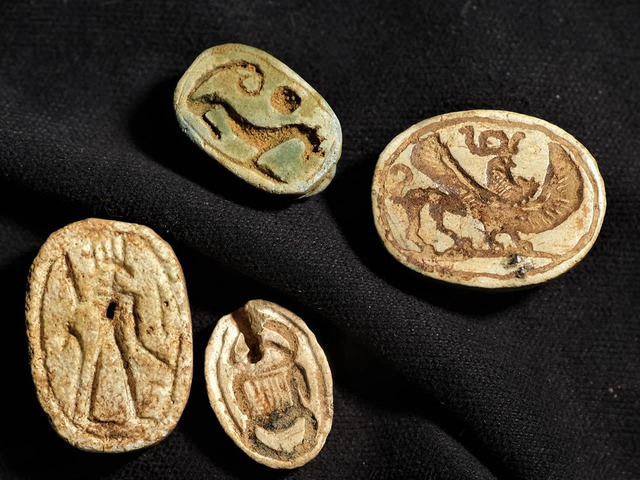
In addition to the material wealth and evidence of trade, the site also offers insights into the religious and cultural practices of the ancient peoples who traveled these routes. The discovery of red ochre traces on some of the flint tools and arrowheads suggests that these objects held religious or cultic significance. Red ochre, often associated with burial rituals and symbolic offerings, may have been used to mark the tools as sacred or imbued with special value.
The presence of ritual objects such as incense burners further supports the idea that the site may have been a place of religious significance. Whether used in personal rites or communal ceremonies, these artifacts suggest that the traders who passed through the Negev were not only engaged in commerce but also in the spiritual practices that were integral to their cultures.
Multidisciplinary Research and Its Implications
This discovery highlights the importance of multidisciplinary research in understanding the past. Archaeologists, historians, and cultural anthropologists are working together to piece together the complex puzzle of ancient trade routes, social structures, and cultural exchanges. By examining the artifacts, the burial practices, and the geographical context of the site, researchers are gaining a deeper understanding of how ancient civilizations interacted and influenced each other.
The findings at the Negev burial site will likely continue to yield new insights into the economic and cultural dynamics of the ancient world. As more excavations are conducted and research progresses, we can expect to learn even more about the complex networks that connected distant civilizations and shaped the course of history.
Video
Watch 2,500-Year-Old Tomb Complex Discovered at Critical Crossroads in Southern Israel to uncover this incredible archaeological discovery. Don’t miss it!
Conclusion: The Negev’s Role in Ancient History
The discovery of the 2,500-year-old burial site in the Negev is a powerful reminder of the region’s significance as an ancient crossroads. The evidence uncovered at the site reveals not only the role of the Negev in facilitating trade and cultural exchange but also the challenges faced by the people who traversed this desert landscape. As ongoing research continues to uncover more about this fascinating site, it is clear that the Negev was far more than just a passageway—it was a vibrant hub of commerce, culture, and connection that helped shape the ancient world.
